USFS Interpretation and Education Specialist
Latest Articles:
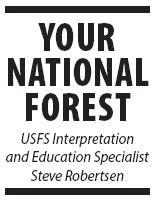
Use salt only when necessary
USFS Interpretation and Education Specialist | February 28, 2020
Winter, which only a week ago seemed indestructible, has really taken a beating this past week with the warm weather and sun. The sun is getting higher in the sky, and as it does, its intensity increases. A wan January sun at midday does little to warm the ground, but here in late February, our midday sun is burning away... READ MORE >

Seen any flindrikin, feefle or sneesl lately?
USFS Interpretation and Education Specialist | February 07, 2020
Winter on the Superior National Forest: it’s all about snow. We get calls every day from people down in the Twin Cities and other places, and the first thing they ask is “What’s the snow like?” Temperature is a close second, but beyond a doubt, snow is what is on the mind of most Forest visitors. This is with good... READ MORE >

Want to beat the winter blues? Get outside and enjoy the winter!
USFS Interpretation and Education Specialist | January 17, 2020
I overheard someone at lunch today saying that there are probably only four more weeks of winter left. I’m pretty sure I don’t believe them. They are right in a way however. I always get caught at the end of winter wishing I had gone skiing a few more times, or gone ice fishing again, or taken the dog out... READ MORE >
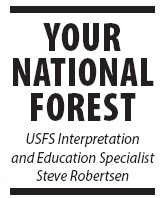
May your New Year be blessed with fun outdoor activities
USFS Interpretation and Education Specialist | January 10, 2020
Hi. This is Steve Robertsen, interpretation and education specialist for the Superior National Forest with the first National Forest Update of the year. 2020 seems like an incredibly futuristic date to me, and while we don’t have flying cars yet, we do have robotic vacuums, pocket computers, and drones. In the midst of all that tech stuff, some of which... READ MORE >
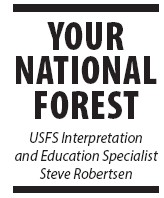
Winter wonders of the night sky
USFS Interpretation and Education Specialist | December 27, 2019
You may not realize it, but today is longer than yesterday, and yesterday was longer than it was a week ago. We turned the corner on day length with the passing of the winter solstice on December 21, before Christmas. From now until the summer solstice in June, days will do nothing but grow longer and longer, and our noontime... READ MORE >
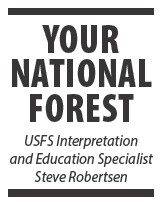
Beware of thin ice on the lakes
USFS Interpretation and Education Specialist | December 06, 2019
With the turn of the seasons and the fall of the snow, visitor questions at the Forest Service change from “When is the peak of fall color?” to “When were the ski and snowmobile trails groomed?” The only color of interest right now is snow-white. Snow levels right now vary a lot across the forest. There was heavy snow in... READ MORE >
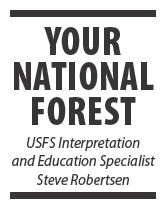
Winter mode descends on the forest
USFS Interpretation and Education Specialist | October 25, 2019
As people are well aware, we’ve had our share of weather recently. Snow, rain, and winds over 50 mph have pretty much spelled the end of the fall color season and moved all the photographers out of the forest and onto the shore of Superior to take pictures of waves. If you are one of those wave watchers, beware. A... READ MORE >
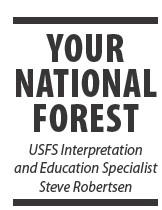
Fall colors still here in the Northland
USFS Interpretation and Education Specialist | October 11, 2019
Fall in the forest continues, rainy days mixed with a few amazing days of sun and warmth. This fall has been a little different from some – maple leaves seem to have come and mostly gone faster than some years, though in a few spots like Heartbreak Hill, there are still plenty of maples in color. The aspen and birch... READ MORE >

The forest is alive and blooming
USFS Interpretation and Education Specialist | August 16, 2019
August, and flowers are blooming all over. Asters and goldenrod are alive with activity as our pollinators do their job, busily visiting every flower. For me, one of the joys in life is discovering unsuspected diversity, and bumblebees are the latest source of this particular joy. A bumblebee was a bumblebee for most of my life, but now, after attending... READ MORE >
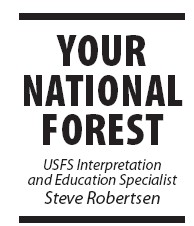
The importance of fire in the forest
USFS Interpretation and Education Specialist | August 02, 2019
In the summer, land heated by the sun warms the air above it, which starts to rise. As it rises, it cools and can no longer carry the same amount of water it did when it was hot and humid at ground level. The water condenses out into a puffy cumulus cloud on a warm summer afternoon, one of those,... READ MORE >

